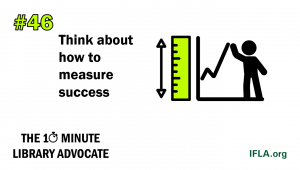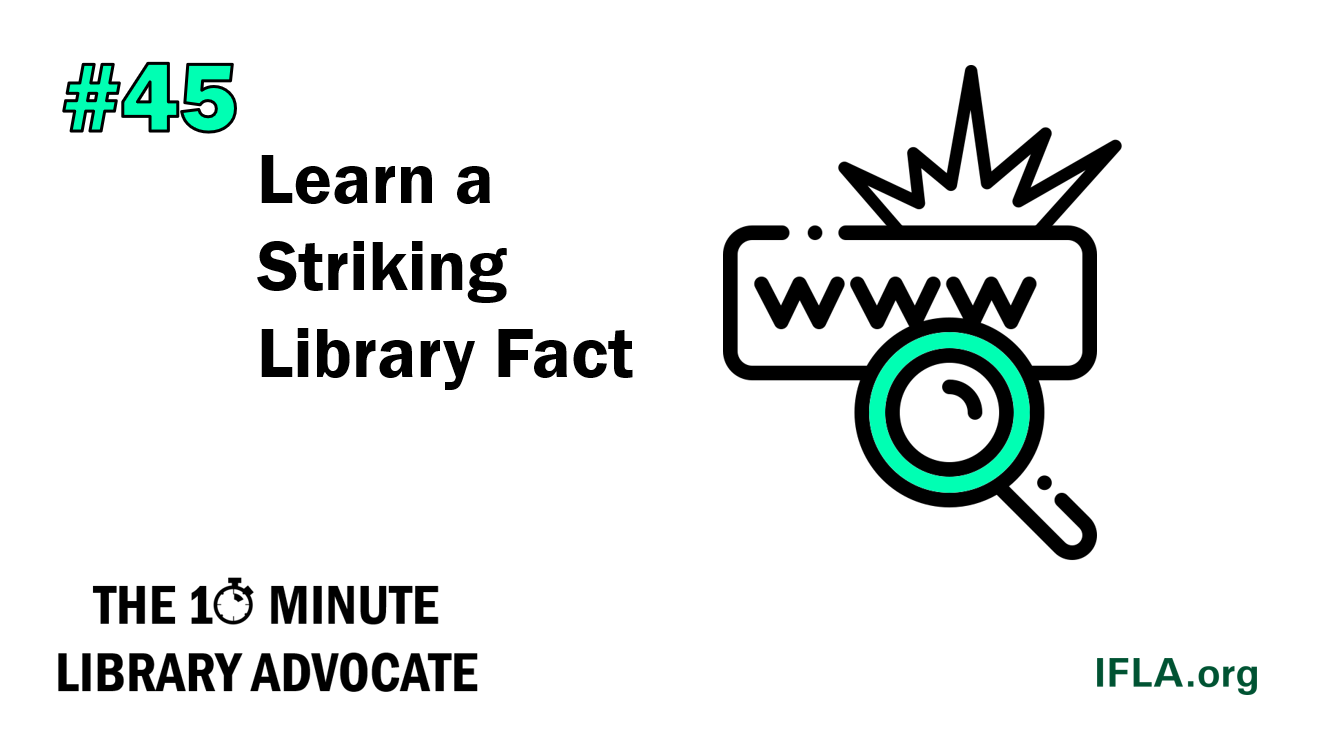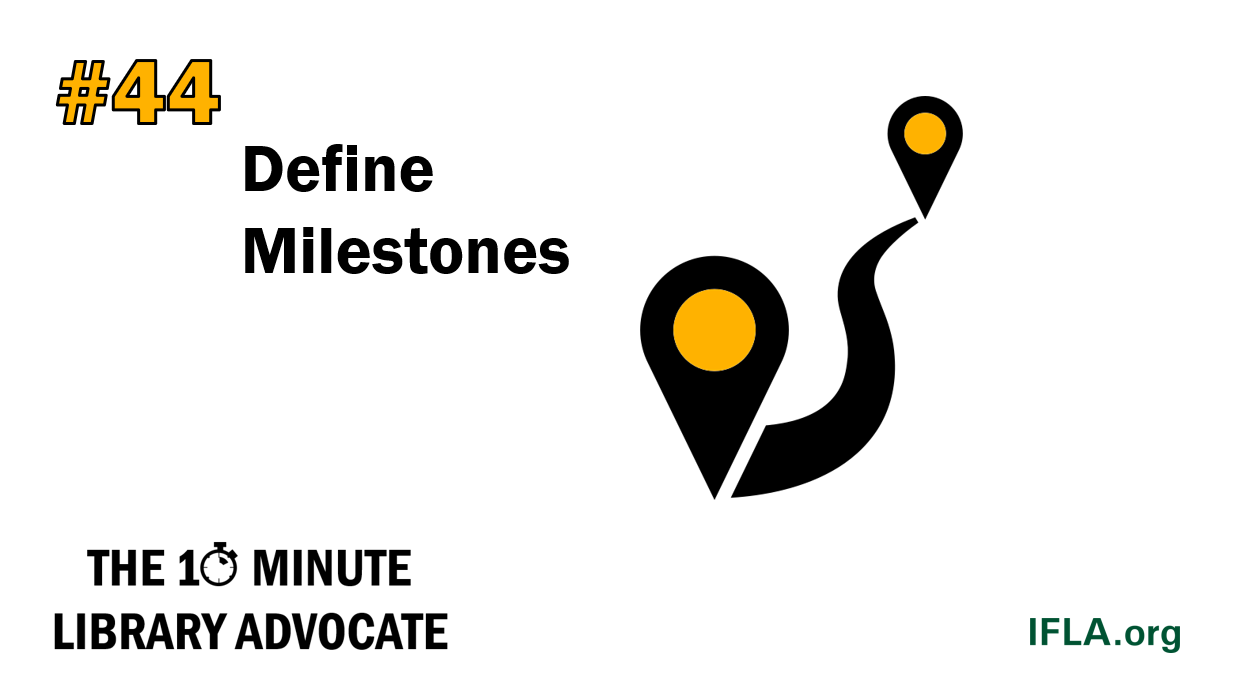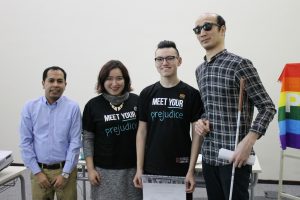A key theme at the World Summit of Local and Regional Leaders, taking place this week in Durban, is how action at the local level contributes to building a better world for everyone.
The Summit’s organisers – United Cities and Local Government – have strongly and successfully made the case for the role of regions and cities in delivering the Sustainable Development Goals, both through a dedicated Goal (SDG11), and contributions across the 2030 Agenda.
In this context, they have placed a strong emphasis on the concept of the ‘Right to the City’ as a framework for thinking through how to develop local policies, and so deliver on the commitments made.
Given the focus on the idea, this blog offers an explanation of what the Right to the City means, and how libraries fit in – both as an example of this right in action, and as a means of making a reality of other policy goals.
What is the Right to the City?
As a support to the session focusing on the subject at the World Summit, the Global Platform for the Right to the City has prepared a background paper.
This discusses the emergence of the idea, defined as ‘the right of all inhabitants (present and future; permanent and temporary) to use, occupy, produce, govern and enjoy just, inclusive, safe and sustainable cities, villages and settlements defined as common goods’.
In effect, it covers all existing economic, social, cultural and human rights, but does so from the perspective of place.
This marks it out from approaches that look only at national law-making, or the individual perspective, in order to take account of the impact of the environment where people live.
In doing this, it implies that the villages, towns and cities in which people live – and so the people and bodies that govern them – have both the possibility and the duty to change lives, and deliver global goals.
According to the Global Platform, the Right to the City has a number of dimensions: the idea that cities have a social function, that public spaces are important, that rural-urban linkages need to be strengthened and made sustainable, that economic and civic life should be inclusive, that political participation should be enhanced, that people should not be subject to discrimination, and that cultural diversity should be preserved and promoted.
In each of these areas, the background paper sets out recommendations and actions for local, national and global decision-makers.
Libraries as an Example of the Right to the City at Work
The thinking behind the Right to the City will be familiar for anyone interested in libraries.
As documents such as the Public Library Manifesto set out, libraries serving communities are founded on a belief in the importance of public services dedicated to enabling and empowering all members of society.
Public libraries in particular are often the only free, non-commercial indoor public space in a community, giving people a context and setting for realising their own potential and creating links with others. In doing so, they help develop social capital, as well as being a source of civic pride.
Libraries also have a specific mission to take steps to reach out to those members of the community who would otherwise risk exclusion. This is essential. While possibilities may officially be open to all, without a specific focus on groups vulnerable to exclusion, those who need them most may struggle to seize them.
As set out in the Public Library Manifesto, as well as in laws in many countries, libraries have a mission to develop programming for specific groups, or otherwise take the steps needed to reach everyone meaningfully.
Through this, libraries provide a service with a strong spatial dimension, illustrating the Right to the City at work.
Libraries as Partner for Delivering the Right to the City
The potential contribution of libraries stretches beyond simply being an example of the Right to the City at work. Yet the services and support that libraries provide can be as much of an enabler as an end in themselves.
This is easy to see when it comes to cultural diversity, given libraries’ role in giving access to collections that reflect the diversity of their communities, in preserving this creation for the future, and in stimulating new creation.
But it also applies to other areas, such as economic opportunity, political participation, and allowing for social mobility. This is down to their role in delivering access to information and the skills that allow everyone to use it – a vital first step for almost any other policy.
For example, through the equitable provision of information, libraries are connecting people with employment and training opportunities. This is the case in Tunisia, where women in rural areas are using skills developed at the library to create economic opportunities.
They are also making it easier for people to break out cycles of poverty, such as in Zagreb, Croatia, where libraries have proved to be ideal (and stigma-free) places to reach out to people experiencing homelessness and facilitate their economic and social reintegration.
They can also help citizens hold governments accountable, such as in Chattanooga, US, where the library hosts the city government’s open data platform, and has helped to make it as accessible and usable as possible.
Libraries also support engagement in policy development, such as in Medellín, Colombia, where libraries not only host pollution sensors, but also provide the skills to allow users to interpret the data received and reflect on what this means for local transport policy.
In short, libraries have the potential to be key partners for local governments on delivering on the Right to the City for their citizens.
Recommendations
This week’s meetings in Durban will be a great opportunity for local leaders from around the world to discuss how to turn the concept of the Right to the City into a reality.
In libraries, they not only have a pre-existing illustration of the Right at work, but also a key partner for delivering on it across the board. It’s now time to realise this potential!
Therefore, in order to deliver on the Right to the City, the following recommendations could be made:
- Use libraries as a means of demonstrating what the right to the City means in reality
- Enable libraries to use their potential as a public space to bring communities together
- Integrate consideration of the importance of information and the skills to use it in any strategies for the implementation of the Right to the City, and make sure that libraries are part of delivery
 The need for library advocacy is clear. But it’s not always easy to tell how effective it has been.
The need for library advocacy is clear. But it’s not always easy to tell how effective it has been.


 Advocacy is about being convincing.
Advocacy is about being convincing.